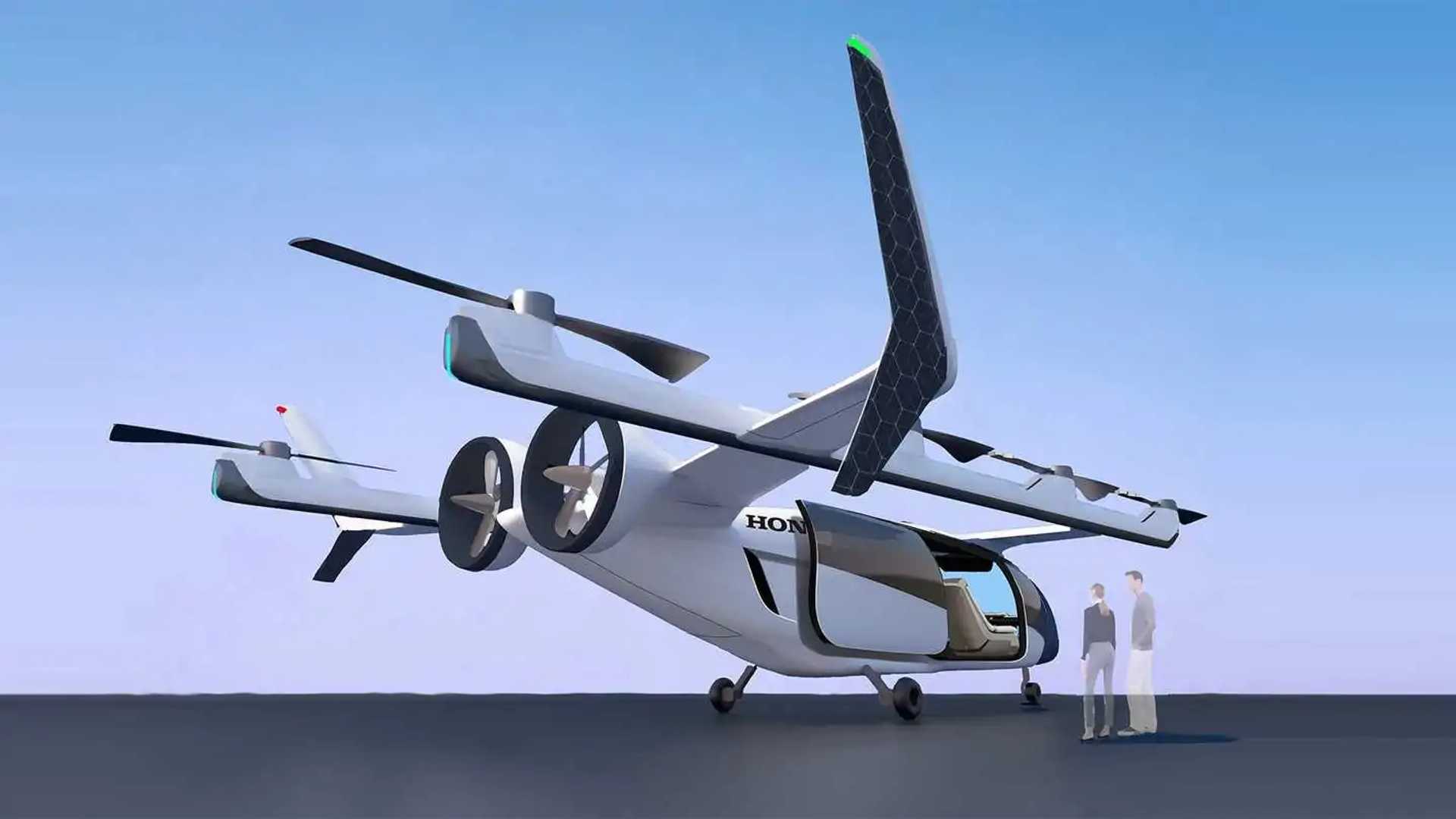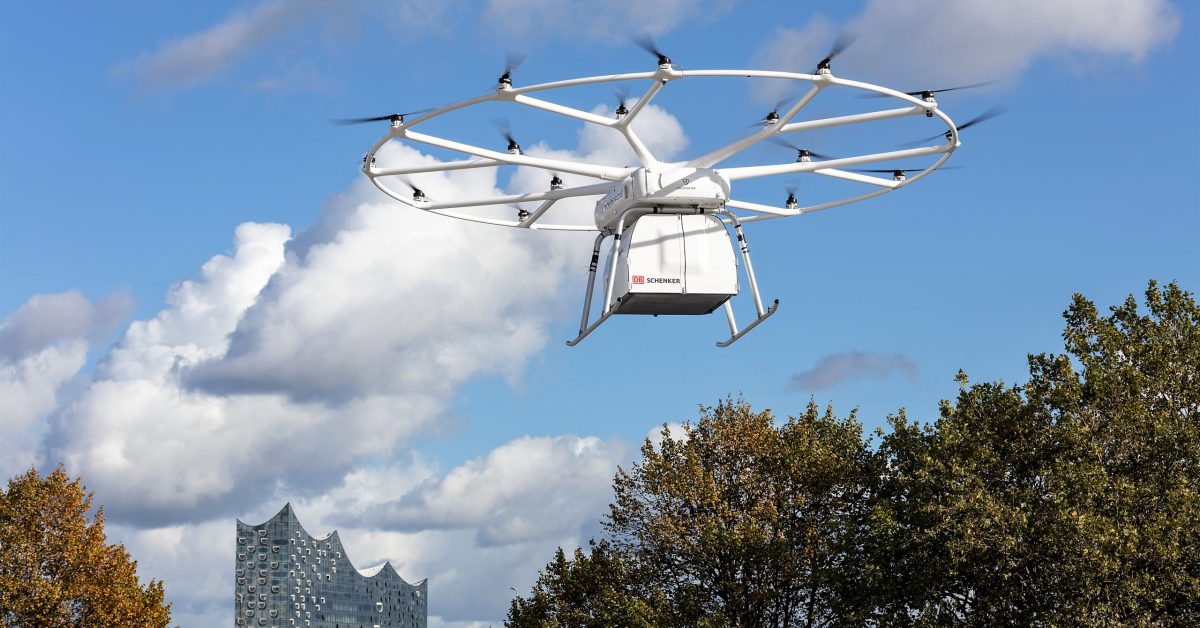IMO most people looking at VTOL on-demand mobility are doing it wrong. Take-off and landing are big problems for this kind of stuff; The better way to do it would be to envision the lifting units as always airborne, but have them carry a passenger compartment which can be landed and recovered trivially. The passenger compartment then can be landed on a sidewalk, or even not landed at all with a ramp off-loading the passenger. This minimizes the infrastructure requirements for pick-up and landing.
If you want to use the sidewalk/footpath to land on, then you're looking at multiple problems.
Firstly the sidewalk in many places just isn't viable, whether because the sidewalk butts right up against buildings - almost inevitable true in downtown areas and frequently true in residential areas, especially older ones - or because the sidewalk comes equipped with a whole range of options for bringing your aircraft down, be those 70' trees, street lights, telephone poles, telephone wires, and in some places, electricity cables.
Nor is the pavement an appropriate area for dropping a pod (or a ramp from a pod). It's difficult for piloted vehicles, and far worse for autonomous ones. You have to check you aren't going to drop it on: people, children, people and children in non-standard formats* - in prams, wheelchairs, on bikes, with bikes (cf the Uber autonomous vehicle trials death in Tempe**), cats, dogs, street furniture, street planting, etc, And just think of the complaints over rental e-scooters being abandoned on the street and multiply that by something the size of a compact family car, especially if you drop it in front of someone's driveway. Even if you recover it immediately you're still going to completely block the footpath for as long as it takes to land, uncouple, wait for everyone to get out, go back for that bag/toddler they've forgotten, figure out how to close the door, recouple and fly away.
If you're envisaging winching down the pod from a high-hover, you then have to consider the effects of crosswinds on the pod, and it's not just how do you put it down on the target, but how do you stop it spinning and making the passengers airsick.
WRT ballistic recovery chutes for the pod, that isn't going to work because these vehicles will spend a high proportion of their time at low-level over towns. The 'chute technology might be able to handle the scenario, but who is going to be under that pod when it comes down? In practice you've just doubled the impact areas. I think it was Zootycoon earlier in the thread who mentioned at least one regulator flat out refuses to allow ballistic recovery chutes to be considered in a safety case.
Adding to all of this is you're stuck in the hover for all the time to uncouple the pod, or waiting for the passengers to unload, and that's a major drain on your battery life.
* I've seen footage of an AI trained to visually recognise people in a scene outlining every person in a crowd, except the ones with strollers or holding hands. I'm 100% certain it would also have ignored wheelchair users and almost as certain it would have had issues with people with mobility aids such as crutches or walkers.
** There's also the recent non-fatal incident during the Paralympics as an example, one of the autonomous Toyota shuttle buses ran down a visually-impaired Japanese paralympian crossing the road at a pedestrian crossing, because not only did the vehicle ignore him, the two safety observers assumed he would see the bus and not cross. *headdesk*




